We may earn money or products from the companies mentioned in this post. This means if you click on the link and purchase the item, I will receive a small commission at no extra cost to you ... you're just helping re-supply our family's travel fund.
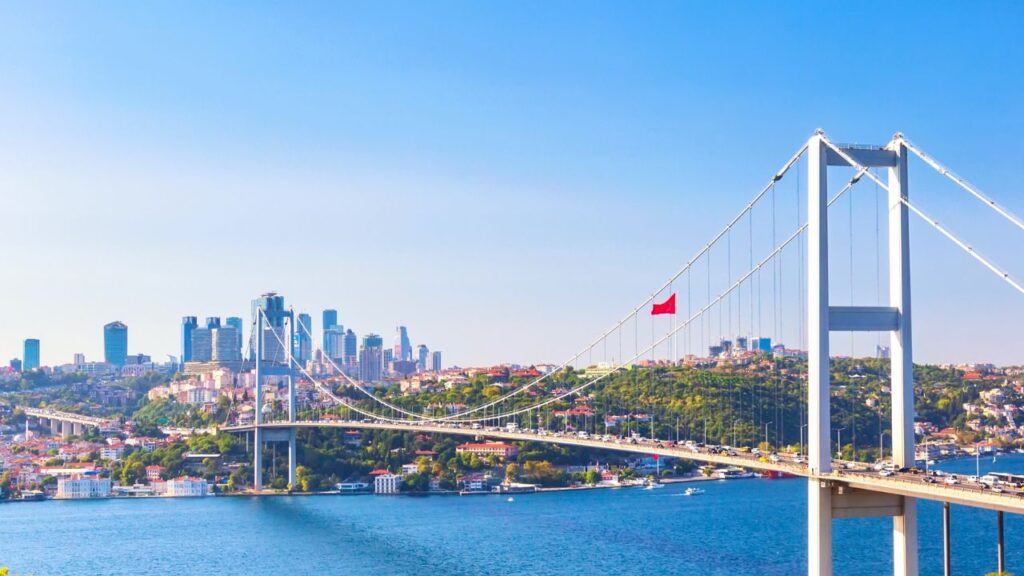
Spanning seas, rivers, and time itself, these awe-inspiring bridges were more than just feats of engineering—they were statements of imperial ambition. From colonial powers aiming to solidify control to modern states showcasing global connectivity, these bridges link not just landmasses, but histories, economies, and cultures. Let’s travel across six iconic empire-built bridges that literally connected worlds and left a lasting legacy on global infrastructure.
1. Bosphorus Bridge (Turkey)
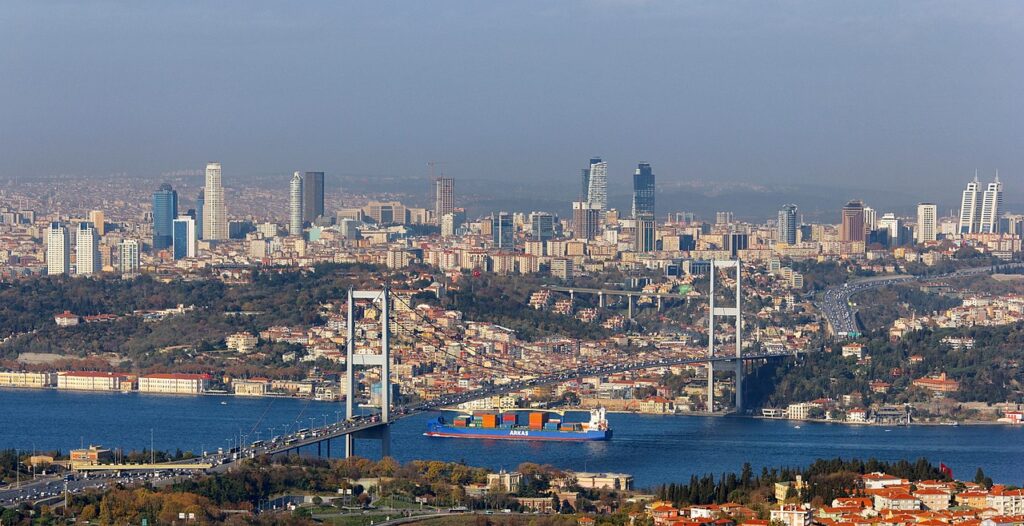
Linking Europe and Asia, the Bosphorus Bridge in Istanbul is a symbol of East meeting West. Opened in 1973, it was a crowning achievement for the Turkish Republic, a nation built on the remnants of the Ottoman Empire. The bridge spans 1,560 meters across the Bosphorus Strait and was once the fourth-longest suspension bridge in the world. Its construction marked Turkey’s intent to bridge ancient empires and modern economies, connecting not just land, but history and future.
2. Suez Canal Bridge (Egypt)
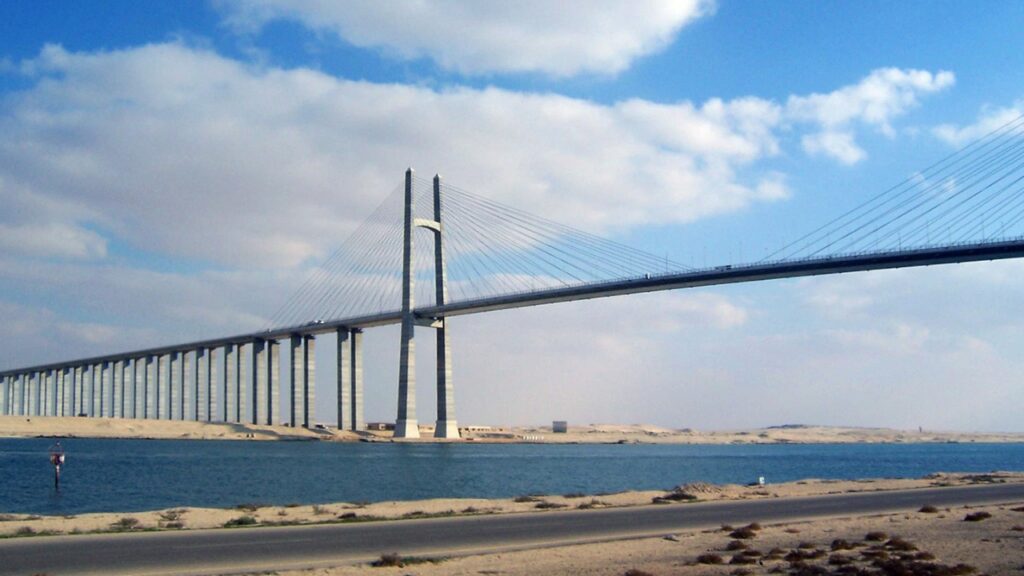
Also called the Mubarak Peace Bridge, this structure spans the Suez Canal, linking the African and Asian continents. Funded largely by Japan and completed in 2001, the bridge rests atop centuries of imperial interest—from Napoleon to the British Empire—who all saw the Suez as the ultimate shortcut between East and West. Today, it stands as both a strategic asset and a symbol of Egypt’s post-colonial assertion of control over global trade.
3. King Fahd Causeway (Saudi Arabia–Bahrain)
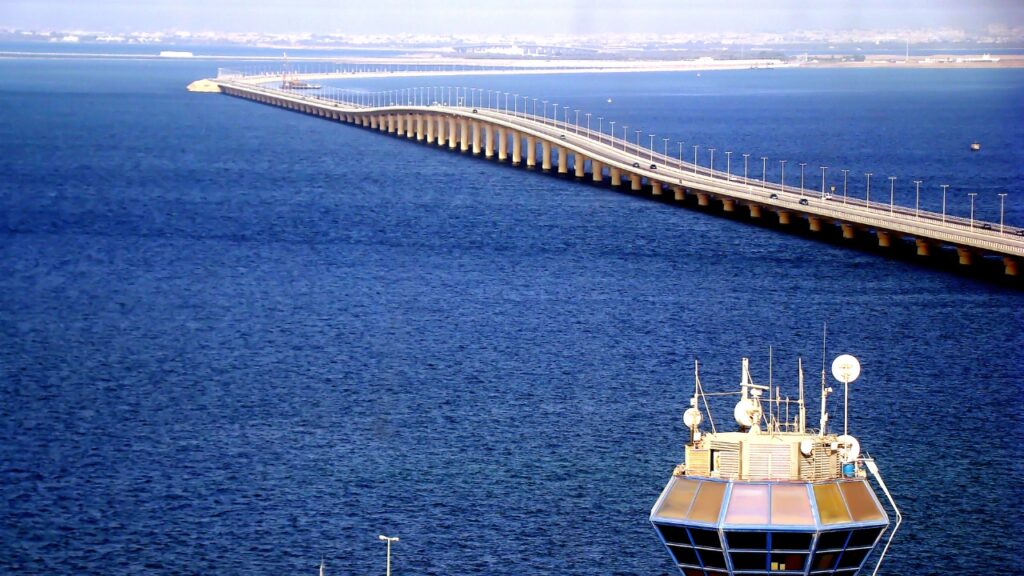
Connecting the island nation of Bahrain with mainland Saudi Arabia, the King Fahd Causeway is an engineering marvel born from modern regional power. Completed in 1986, this 25-kilometer bridge links not just two countries, but two cultural spheres—Bahrain’s cosmopolitan energy and Saudi Arabia’s conservative roots. While not built by a colonial empire, its scale, ambition, and political weight mirror the infrastructural projects once spearheaded by empires past.
4. Øresund Bridge (Denmark–Sweden)
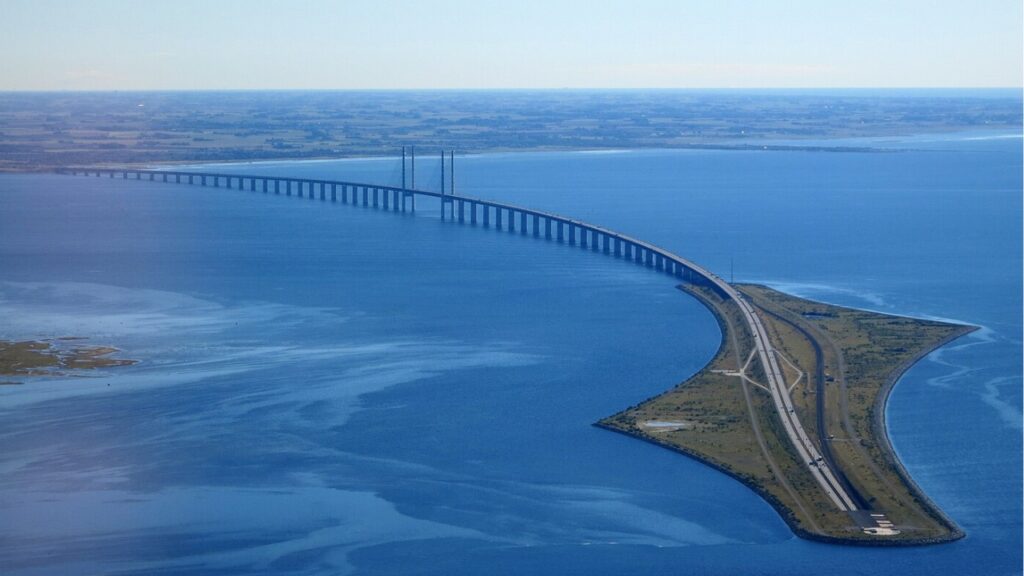
Opened in 2000, the Øresund Bridge links Denmark and Sweden, reconnecting lands that were once united under the Kalmar Union—a medieval Nordic empire. At nearly 8 kilometers, the bridge is part of a larger fixed link including a tunnel, creating a seamless connection between Copenhagen and Malmö. It embodies Europe’s push for integration while nodding to the region’s imperial past, when monarchs ruled both sides of the strait.
5. Galata Bridge (Turkey)
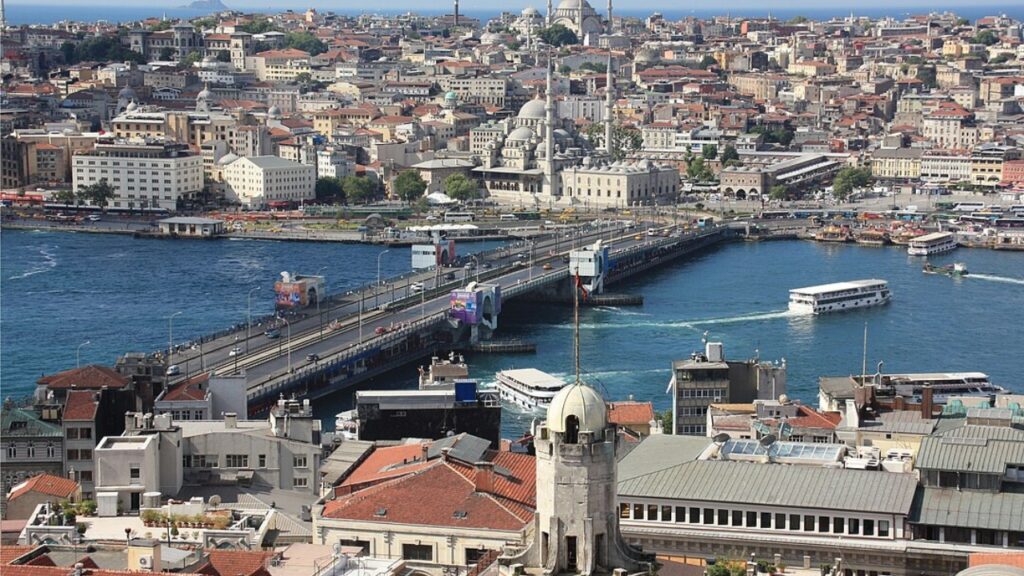
An earlier example of East-West connection, the Galata Bridge spans the Golden Horn in Istanbul and has existed in multiple iterations since the Ottoman Empire. The current version, completed in 1994, still reflects the bridge’s role in uniting the historic peninsula with the newer parts of the city. For centuries, the bridge served sultans, traders, and travelers—uniting empires through commerce and culture across its planks.
6. The Iron Bridge (United Kingdom)
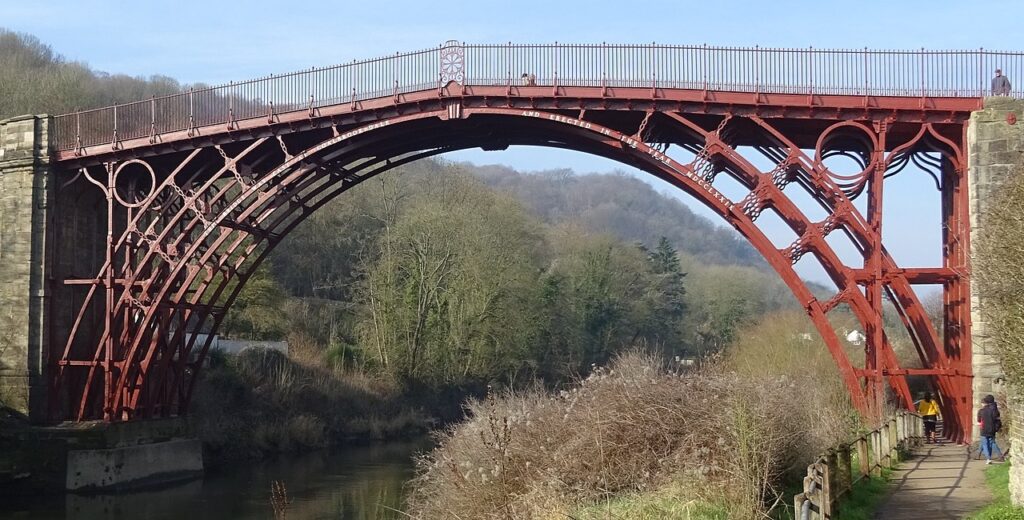
Built in 1779 over the River Severn in England, the Iron Bridge is widely considered the first major bridge in the world made entirely of cast iron. Though it doesn’t span continents, it helped launch an empire: the British Empire’s Industrial Revolution. This bridge symbolized Britain’s mastery of metallurgy and engineering, setting a standard that would be exported globally as railways, bridges, and industrial marvels reshaped colonial landscapes.